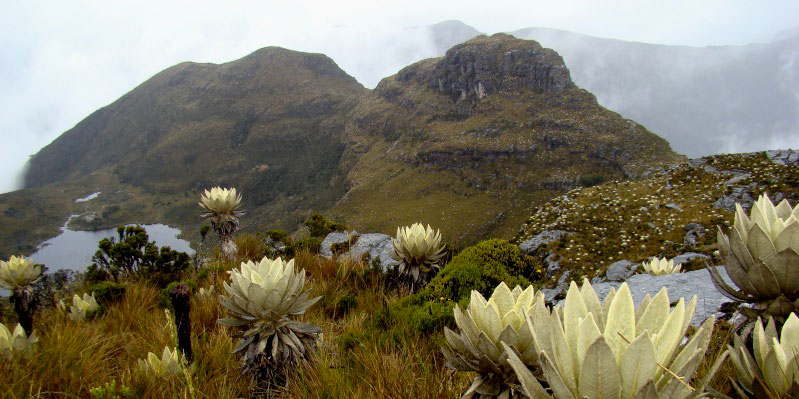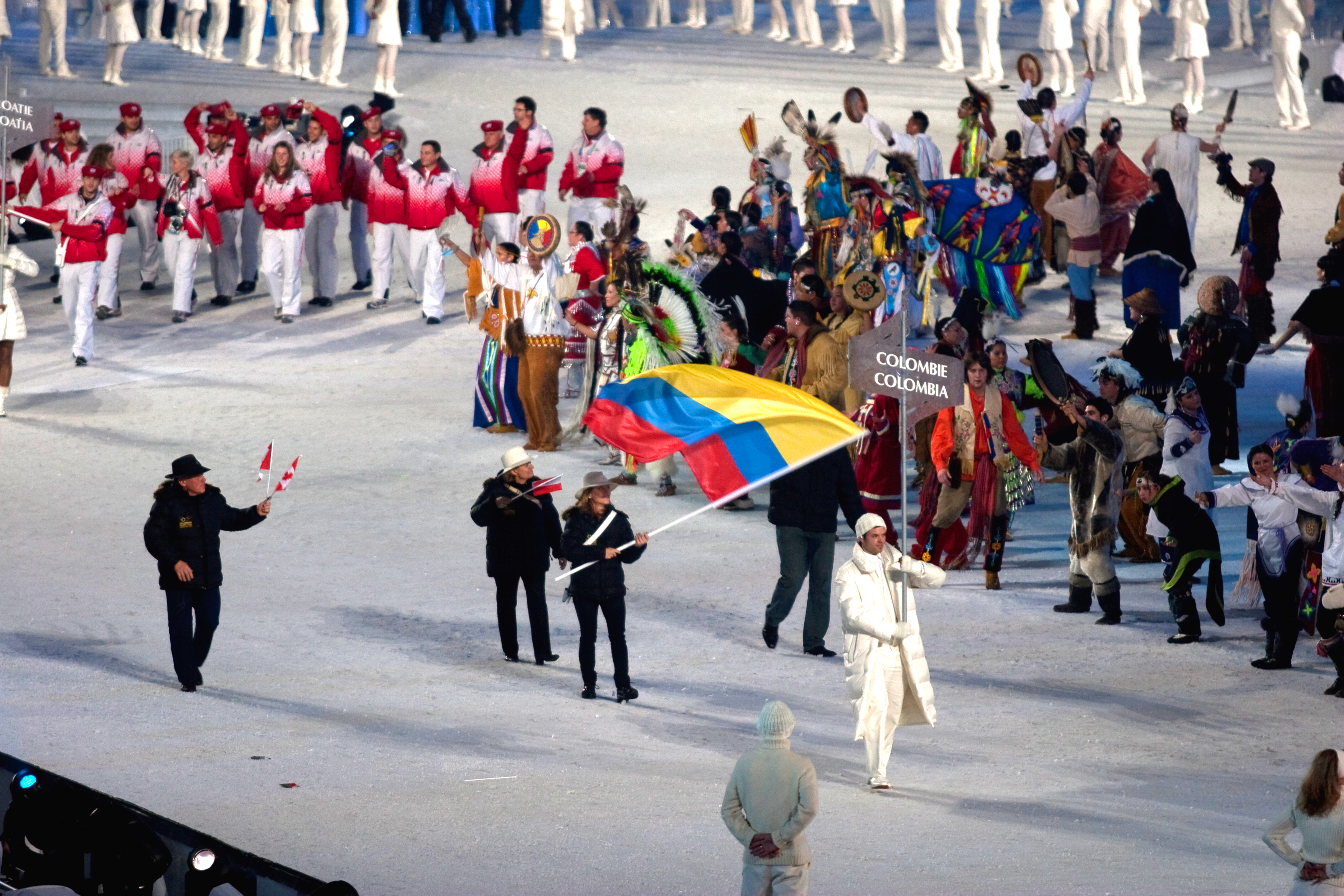
The ‘Apagar paga’ campaign has been challenging the country to save electricity.
In recent months, Colombia has been on the brink of severe electricity and water shortages, and the country is not yet in the clear. Laura Brown speaks to some of the country’s tourism operators about what visitors can do
While recent heavy rainfall has had a small impact on reversing the effects of the drought, the country will still need some time to recover from the harsh dry season.
This statement may come as a surprise if you’ve only just arrived in Bogotá, where it has rained almost every day for the past three weeks, but anyone who has been here more than a few months will know that the city has been struggling with uncharacteristically dry weather caused by El Niño. In fact, the whole country has been battling low water levels with severe shortages still continuing in some areas.
Moreover, with a lot of energy coming from hydroelectric power, the electricity supply has been hit hard and it is only through a nationwide campaign that the country has narrowly avoided electricity rationing.
Beyond increased utility bills and the ongoing public appeals to conserve water and electricity, Bogotanos have escaped the worst of the drought. However, tourists getting out and about may see a different reality, especially when visiting areas around the country’s major rivers – the Magdalena, Cauca and Sinu.
And as the save energy campaign keeps telling us, we all need to play our part in the efforts to conserve vital resources.
Richard McColl, who runs a guesthouse in Mompós, a historical city on the Magdalena River, says the water levels have been so low mud banks have been appearing in the river. This has led to major shortages around the town as the pipes for the local treatment plant do not reach the water.
Even under normal conditions, water is always an issue in this area, with the treatment plant sometimes churning out a gritty or chocolate-coloured substance, says McColl.
To tackle this, his Casa Amarilla guest house has installed a 55-metre deep well with a filter, which means they always have water at their disposal.
“Even with high water levels, the town’s water is turned off from about 7pm to 6am. Now because there is a drought there are shortages on a daily basis, and because we have a well, we’ve been donating water”, he says.
“People come to the house with jerricans and we gladly fill them up because people need water, and this comes from the ground. It’s a human right.”
He adds that the river being so low has led to an increase in illnesses such as diarrhoea and malnutrition in the area, and even though they have a well they ask visitors to be respectful and think about the consequences.
“We ask guests to use water sparingly, which is hard because it’s upwards of 30 degrees everyday, and dusty, so people want to shower and cool down. Most people understand as they have come in from areas where they can see how dry the country is.
“I do know that things are changing”, he concludes. “With all this rain we’ve had recently in the interior the river levels have risen, but it’s still probably over 45% below what it needs to be to be normal.”
In contrast, the higher areas around Bogotá have not been so badly hit by the deficit as the parámos provide a valuable water source for many communities, and responsible tourism companies operating in the region say the drought has not had much impact on their excursions.
“The only place we’ve really seen a big change is in our tour to the waterfalls in Choachi. The falls have been dry since August, not completely dry but with much less water than usual”, says Chantelle du Plessis of Andes EcoTours.
“In the past I used to suggest to tourists that they fill up their drinking bottles from the waterfall, but I don’t suggest that anymore.”
She explains that although there have not been any conclusive studies or warnings about the condition of the water, and she still thinks it is safe to drink, it is good to take precautions when levels are so low.
So what can travellers do to save water?
While flight attendants make an announcement to passengers arriving at popular destinations like San Andres island, reminding them to take care of water, du Plessis says most of their guests are aware of the problem, so they don’t often give advice on conservation.
At the Casa Amarilla, McColl’s top tip for visitors is: “If it’s yellow, let it mellow; if it’s brown, flush it down.”
He also asks guests not to turn on the lights unnecessarily and to switch off air conditioning when they’re not in the room.
David Londoño, from Bogotá-based ecotourism outfit Awake Travel, emphasises that people need to act in the same way they would at home when they’re travelling.
“People often forget their good habits when they’re away”, he says. “Maybe they take short showers at home but in a hotel they spend 15 to 20 minutes in the shower.
“So the main advice is not to forget good habits when travelling.”
By Laura Brown





